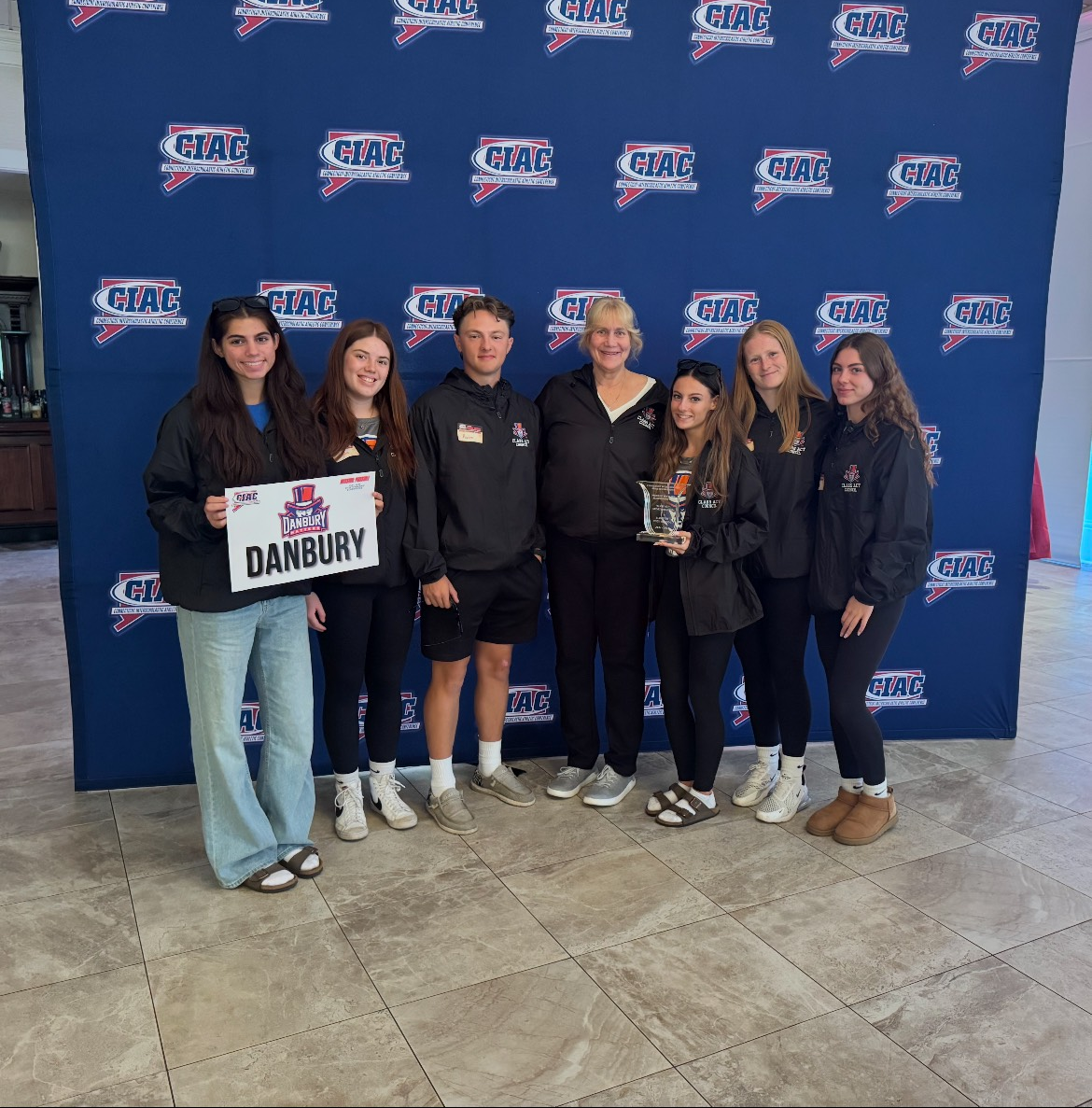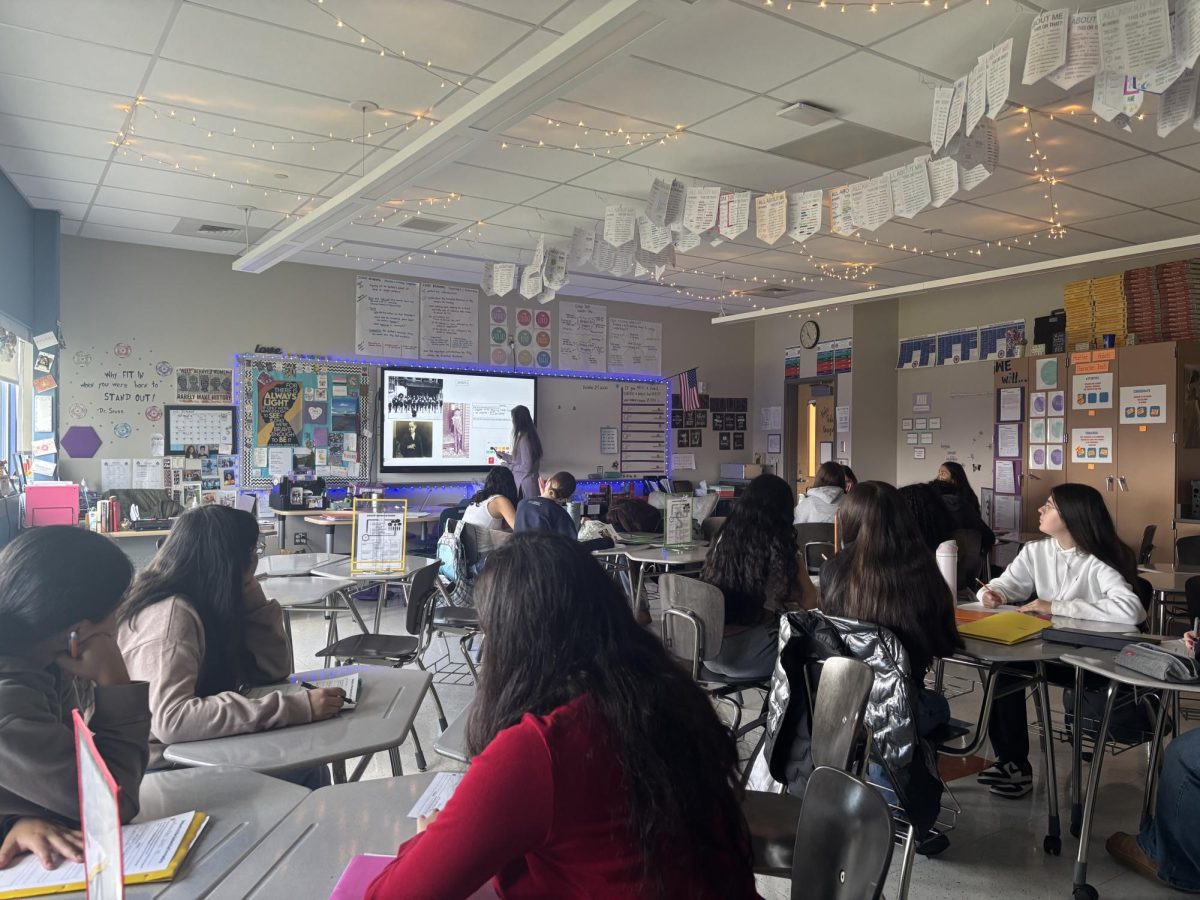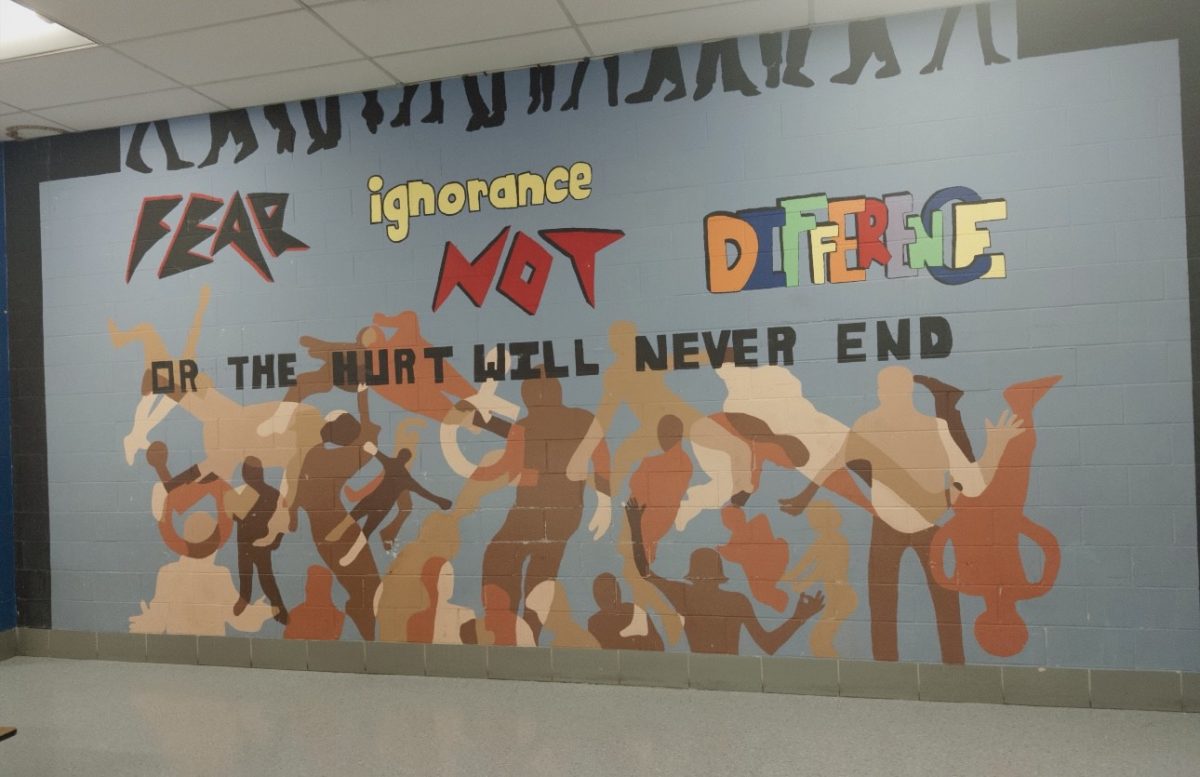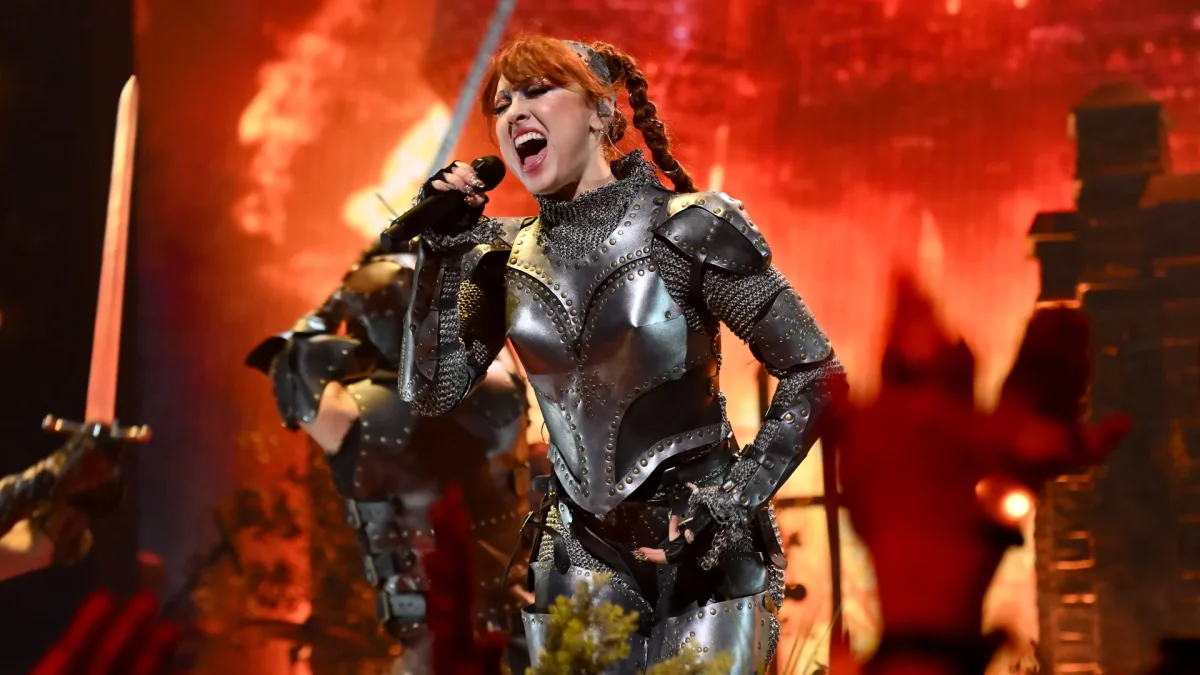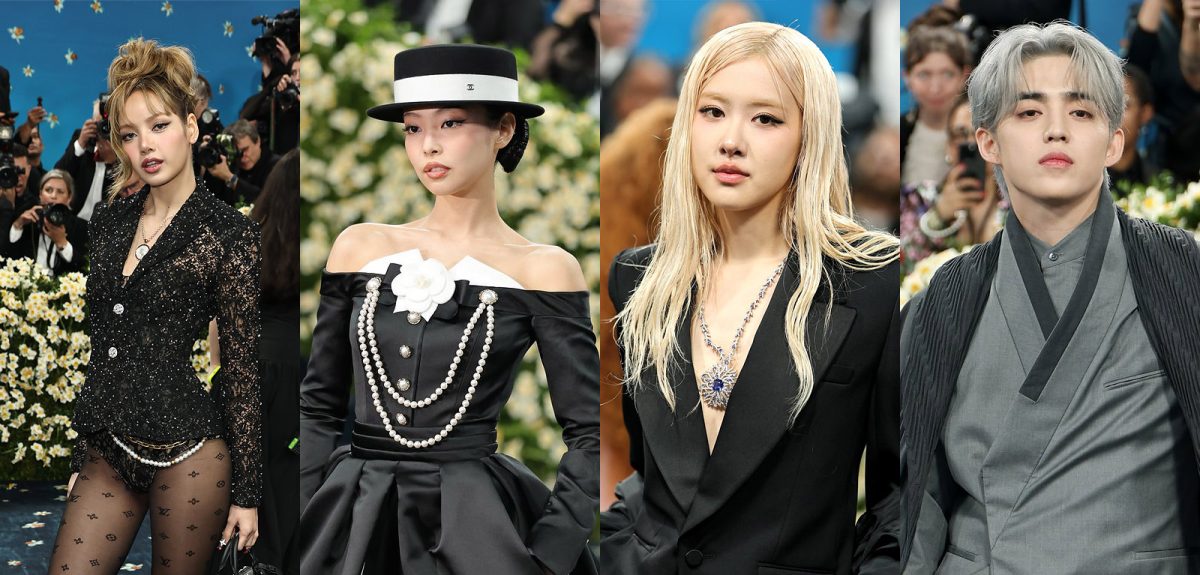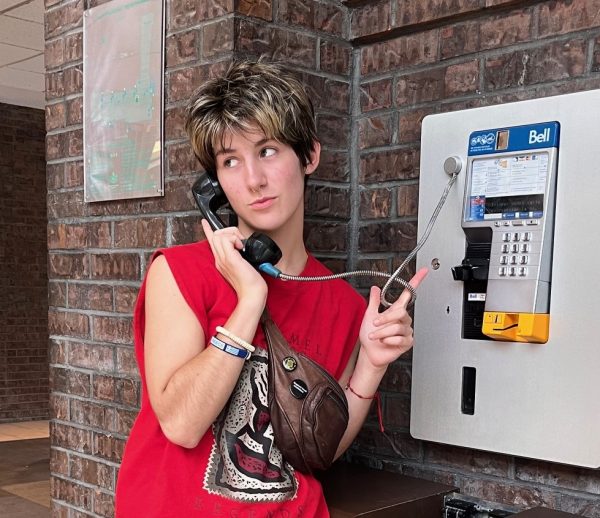This article is the first part to a three-part series on 2024’s biggest pop names. Stay tuned for the following articles on Charli xcx’s BRAT and Sabrina Carpenter’s Short n’ Sweet.

The summer of 2024 was headlined by three major pop stars—all of which have been in music for years, but this season marked either a rebirth or debut for Chappell Roan, Charli xcx, and Sabrina Carpenter. The three have since been dubbed “The Powerpop Girls,” solidifying their impact. Each of their albums formed a new layer in this year’s cultural landscape, from lesbian chic to brat summer. After so much time spent in bedroom-pop, hushed-voice purgatory (no shade, Clairo), pop music is popping again. Summer’s pop renaissance was not out of the blue—rather, it was the culmination of where music and youth culture is going, which explains why these women’s success is happening right now.
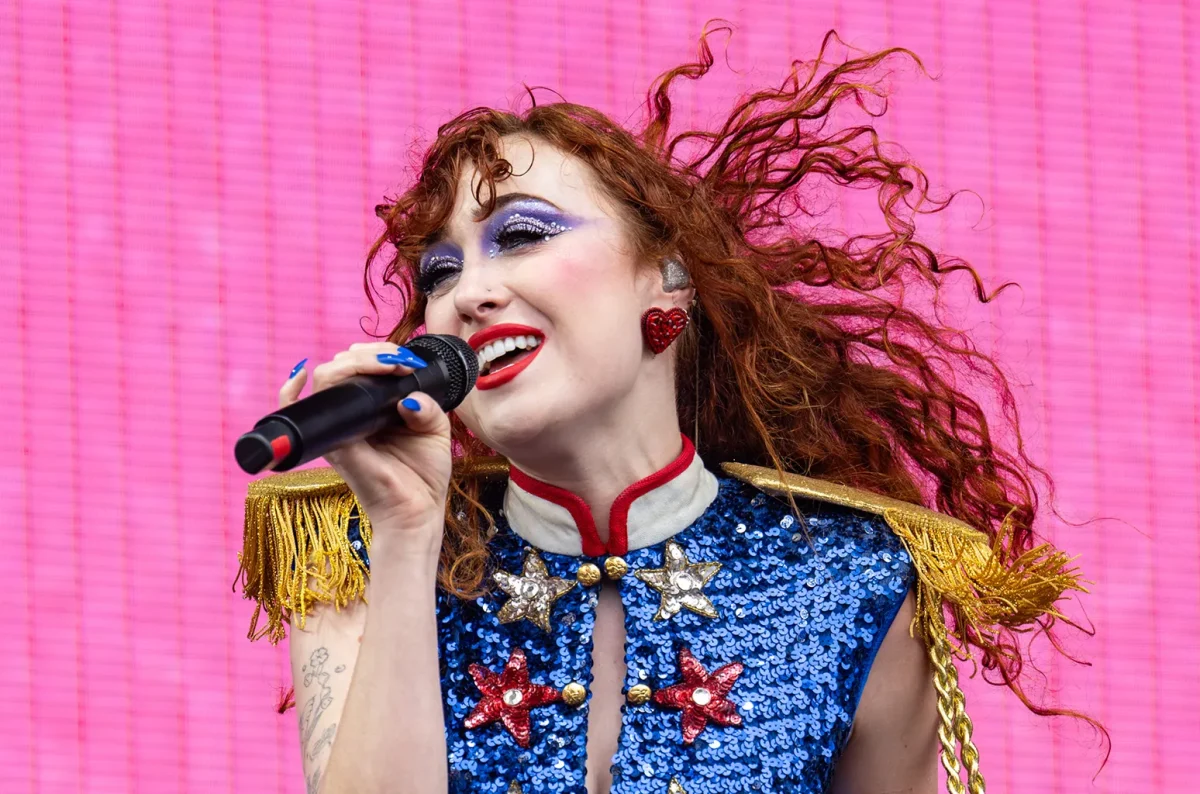
The Rise and Fall of a Midwest Princess, Chappell Roan’s debut album, was released over a year ago—but only in June did it start to hit charts. Several of its singles hit the Billboard 100 over the summer, too. For this reason, the album has been called a “sleeper hit,” as though waiting for when the audience was ready for it.
Chappell Roan leaves a sweet, sharp, and glittery taste in the mouths of listeners, whether it be a sparkling pink lemonade or a deep cherry wine. On the surface, it’s fun, flirty, and at times sentimental. It’s everything listeners should get—but when was the last time that actually happened? Roan is a wonderfully original and inspired musician, and for many, this is what the pop scene has been needing.
That’s the thing—Roan’s album isn’t just fun. It’s a revolution.
Lesbian culture tends to either get pushed to the back of the stage or relentlessly berated. The explosive success of The Rise and Fall, which is so explicitly lesbian, is a sign of a cultural shift toward not just queer perspectives but toward femininity—something Charli xcx and Sabrina Carpenter have gotten very intimate with on their own recent releases. In case you haven’t noticed, girlhood has been under the online microscope lately, for once by girls themselves and not the masses.

Roan paints vivid pictures of hairpins and lip gloss throughout her music, focusing her lens on all things girly. In a world where feminine things are seen as childish or even weak, Roan shows the depth in femininity. It isn’t just looks; it’s tender, it’s thoughtful, it’s romantic. It feels like being told a secret by a good friend, or like doing your best friend’s nails at a sleepover. Roan has discussed how the Chappell Roan look is inspired by thrift stores, tacky jewelry, Claire’s, and the like as an effort to honor the princess inside her—that little girl who was so self-conscious growing up. Through her work, girlhood is finally getting respect and care.
Additionally, for lesbians, Roan is putting words and a spotlight to long-felt feelings. Even if the heterosexual mainstream didn’t pick this album up, it still would go platinum in lesbian spaces. Many lesbian youth relate deeply to the romantic complexities, personal battles, and sexual power that Roan is delivering in The Rise and Fall. Lesbian fans say that “Casual” is the most relatable track; in it, Roan bitterly calls out an ex that shared so much intimacy with her only to turn around and throw away that love for the sake of their own reputation. Music is one of the most powerful tools that a person can use to deliver a message or reach out into a crowd. Now, on perhaps the biggest scale ever, lesbian fans and popstars alike are touching something real.
Chappell Roan has already made an iconic look for herself with this album, which is part of why it works so well, and that look is deeply attached to the femme lesbian identity. The whole persona of Chappell Roan is drag. It’s extreme, it’s a character, it’s glamorous. Drag is one of the loudest and most explicit ways to convey queerness and femininity, and it reads as a middle finger to lesbiphobia and heteronormativity. Roan is saying that femininity doesn’t require the contrast of men or masculinity, nor does it have to be subtle or dainty. As Gen Z is faced with an increasingly extreme world and political climate, it makes perfect sense that Roan would take on such an extreme look.
In terms of music, pop is coming out of its COVID-induced slump. In the years leading up to the COVID-19 pandemic, we saw stars like Billie Eilish popularize the slow, whisper-singing that helped low-key bedroom pop to the forefront of the pop landscape. During the bleak months of quarantine, these DIY stars got even more popular; their hushed voices, homemade aesthetics, and emotional lyrics were parallel to the halted state of the world (see: mxmtoon, beabadoobee, Clairo, girl in red, Dayglow, Still Woozy, TEMPOREX, etc. etc.). Now that we’re on the other end of the COVID-19 pandemic, stars such as Chappell Roan are belting again. She has continually been compared to artists like Kate Bush, who is a symbol of the 80s and its rhinestone glory. The decade is interestingly also notable for its explosion in queer music, or at least musicians that resonated with queer people (see: Prince, Madonna, Bowie).
Usually, critics find it impossible to discuss a female musician without mentioning her place in relation to the male sphere. In this case, it’s men who are simply a vehicle to convey theme—really, the album is about Roan herself, and fellow feminine women. In fact, “Femininomenon” directly states Roan’s dissatisfaction with men, proclaiming that only a woman could “get it hot like Papa John.” Roan doesn’t shy away from talking about women, either. It’s one of the points of controversy that listeners have inevitably taken with her music. She blatantly talks about lesbian sex and relationships, treating sex like a fun and playful thing. It makes for great music, but it also speaks to how young people are looking at sex and relationships today: it’s a
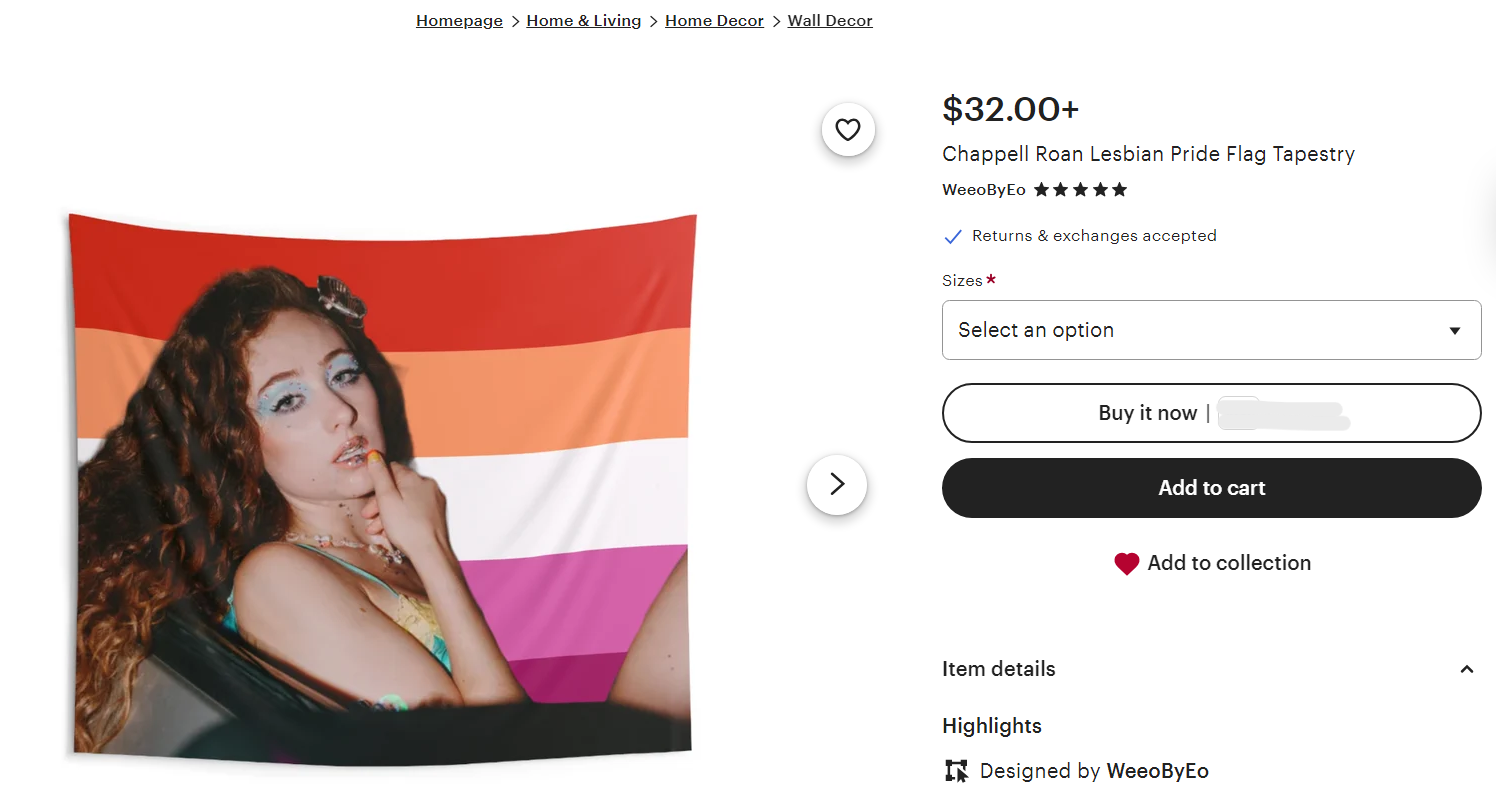
part of our lives, and we’re always looking for ways to be more liberal about it. Compared to mainstream gay media and music (which often features two men), it’s more raw because it isn’t trying to be palatable—it’s trying to be honest.
Sex, especially between two women, is sometimes talked about like it’s a violent crime. It’s a rebellious gesture to talk about taboo so blatantly and so playfully. It’s interesting, though—as we become more and more sex-oriented, do we also become desensitized? Is it always a positive to treat sex lightly, and could this be a result of excessive exposure to more and more extreme sex?
I digress. That isn’t really a question for Chappell Roan, as her album is also entrenched in deep romantic and introspective feeling. In “Picture You,” she delivers a ballad about fantasizing during masturbation, and perfectly balances the sexual with the sensual. The criticism about explicit lyrics is unfounded after all, because the passion in Roan’s writing and singing is about more than just self-serving pleasure or shock value.
Other tracks such as “California” detail her internal conflict with fame, her career, and balancing these things with who she is outside of Chappell Roan. Yes, she is a star with lots ahead of her, but she also has a life behind her that she’d have to sacrifice to an extent in order to be that star. She talks more about that struggle in this video, saying, “peacefulness isn’t part of the Chappell Roan universe.” Then, there’s “Coffee” and “Kaleidoscope,” which are heartfelt and devastating looks back at a failed relationship. Roan explores how love remains, and changes, over the course of knowing someone, as though love has a mind or path of its own that we cannot control.
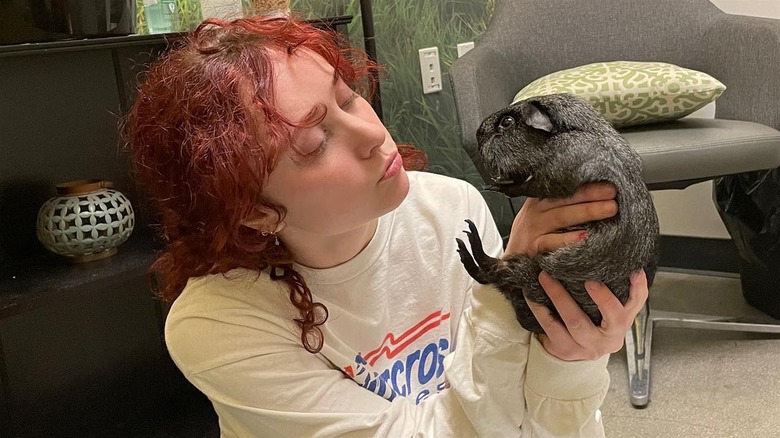
In “Pink Pony Club,” the lyrics “I heard there’s a special place / Where boys and girls can all be queens every single day,” and “It’s where I belong, down at the Pink Pony Club,” prove that queerness runs deep in Roan’s identity. It’s not just a costume or a trope, it’s who she is and where she comes from. While Chappell Roan isn’t necessarily Kayleigh Rose Amstutz (Roan’s birth name), Chappell Roan is an art medium for her to express her true feelings.
Speaking of the art medium, Roan has also been bringing a spectacular and striking visual element to the pop scene. From her swan look on The Tonight Show to her controversial nun look at Hinterland, Roan is already a style icon. She’s been financing and DIY-ing her own drag looks since the beginning of The Rise and Fall’s conception: stitching, bedazzling, and hot-gluing her way to glitter heaven. This trademark is genius for a young audience, because Gen Z is obsessed with the aesthetic of things. We want things we can use as search terms, things we can easily find online to copy or make a Pinterest board of, things we can recognize and reference at will. Roan’s painted white face and curly strawberry-blonde hair are the recipe for recognizability. There’s also her folksy vocal flips and the HOT TO GO dance, which are hers and hers only.
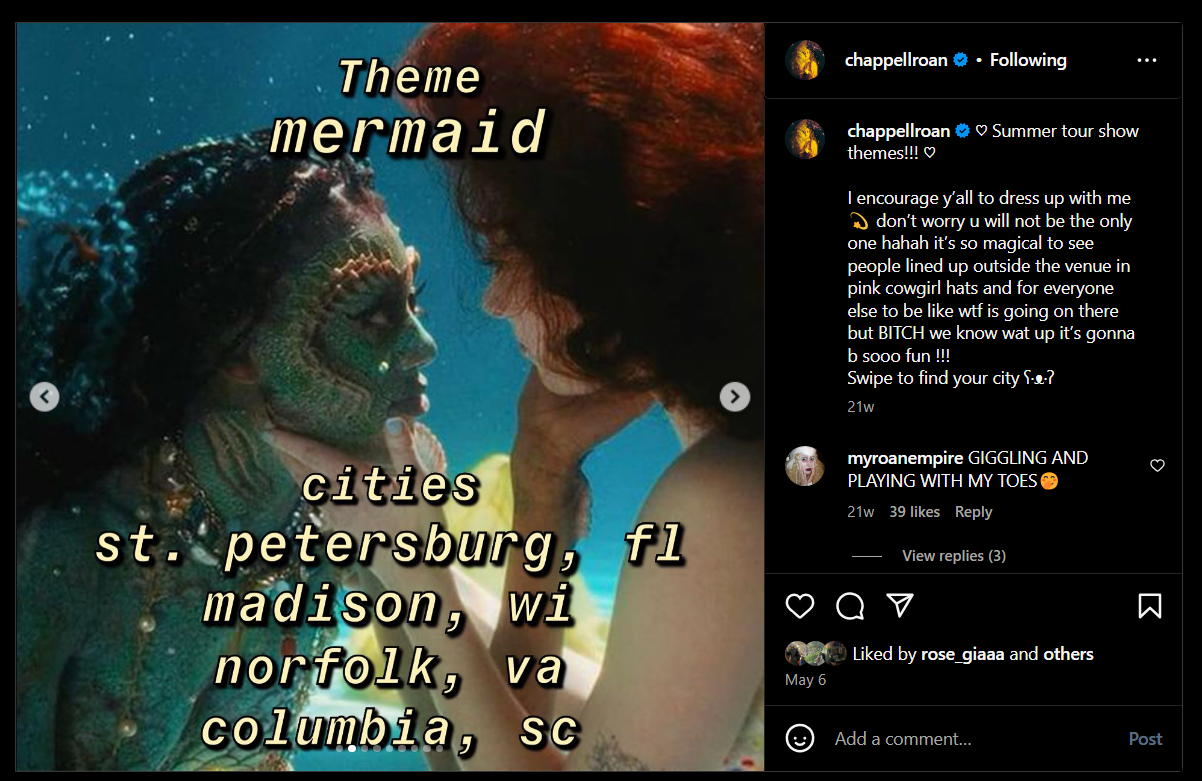
Finally, Roan is engaging very well with fans, too. By giving her concerts outfit themes, she’s encouraging fans to participate and ushering in the personal style era of modern fashion. This may even give way to new drag artists, whom Roan has given a platform to by performing with smaller drag queens at massive shows. Each show is a love letter to Roan’s influences. Even the title is a nod to her roots, calling attention to her Midwest hometown and perhaps the struggles that come with that. Roan has devoted much of her time playing small shows in red states, connecting directly to the queer people singled out in their own homes. The success of Chappell Roan shows that queer art has a place on the big stage—but even if it didn’t get there, it would still hold great value.
At the heart of Chappell Roan and her debut album is a gold mine of pop innovation, as well as a representation of Gen Z’s collective mindset, from love to self to the future. As long as Chappell Roan stays herself, she’ll have a place at the Pink Pony Club in our hearts (and playlists).

This has been the ninth issue of Sound Check with Jules, the musical column in the Hatters’ Herald. Sound Check is celebrating its second year! Tune in biweekly to hear about music history, review, recommendations, analysis, culture, and more. To listen to The Rise and Fall of a Midwest Princess, click here.


